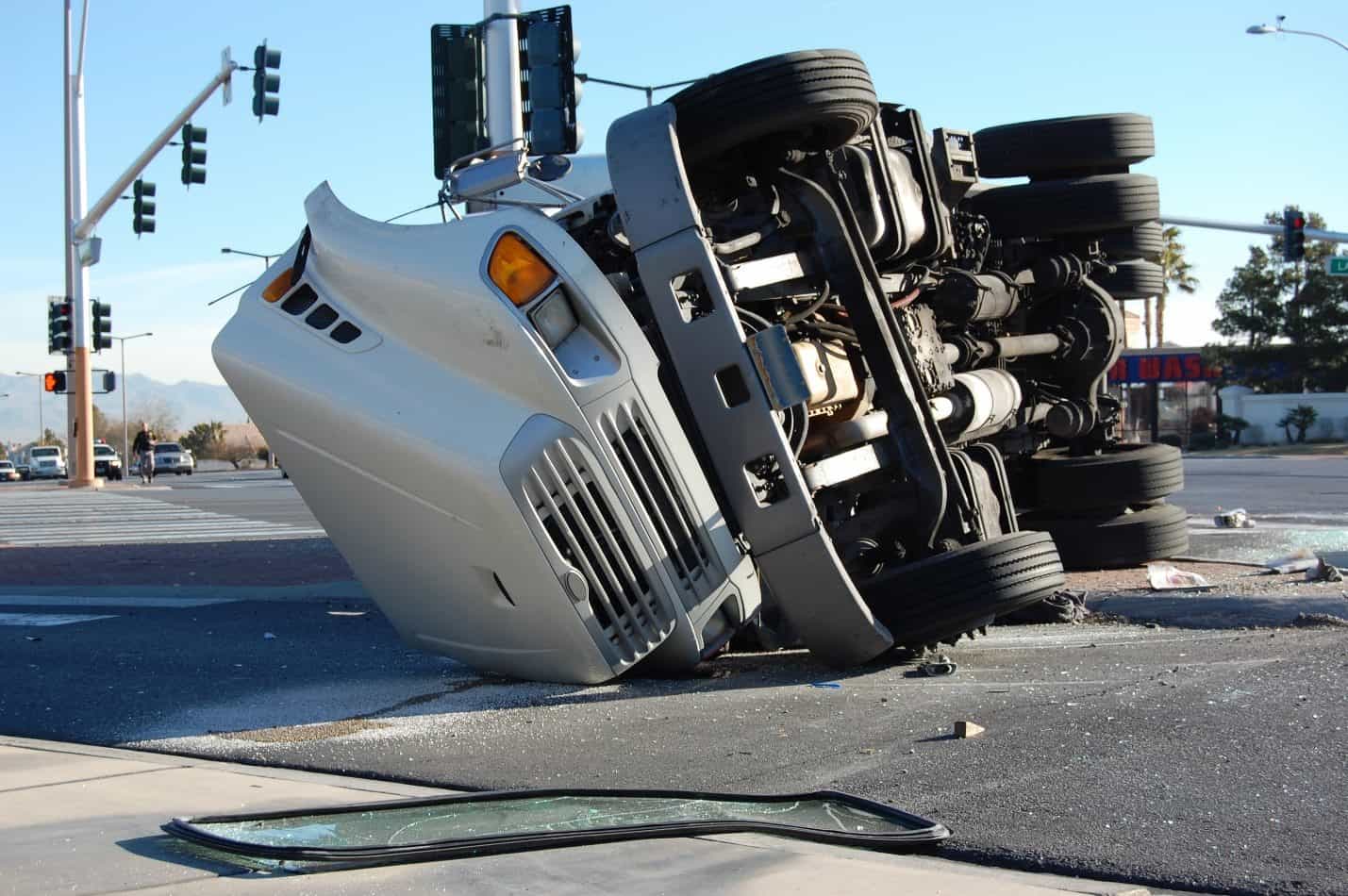Commuters, students, and people simply looking to travel from point A to point B may have a wealth of available transportation options. Others may be limited to relatively few choices. However, for most Americans looking for some form of mass transit, at least motor coach service via public or private bus is available. Commercial buses, public buses, charter buses, and tour buses can all form a necessary link in our nation’s transportation network. And by and large, thousands of trips are successfully completed each day without incident, accident, or injury.
However a series of events have lead investigators from National Transportation Safety Board (NTSB) to conclude that the current design of motor coaches does not adequately address certain known risks and hazards. Primarily, the current design of buses and other vehicles does not adequately protect against the risk of a vehicle fire occurring independently or following a collision. This potential design defect may allow flames to spread through the vehicle more quickly than the occupants would expect. Such a design increases the likelihood of life-altering injuries, including severe burns, or death.
April 2014 Commercial Truck & Motor Coach Collision Triggered a NTSB Investigation
On the evening of April 10, 2014, a larger commercial truck operated by Federal Express was traveling in the rightmost lane of the southbound lanes of Interstate 5 (I-5) in northern California. Simultaneously, a 2014 Setra bus was traveling in the opposite direction in the northbound lanes of I-5. At or around mile marker 26, the driver of the tractor-trailer apparently lost control of the vehicle as the truck veered across the southbound lanes of traffic, onto the center median, and then proceeded to cross onto the northbound lanes while traveling in the wrong direction.
The tractor-trailer first struck a smaller passenger vehicle, sending the car off of the roadway. Unabated, the tractor continued traveling south while in the northbound lanes. Shortly thereafter the truck would crash head-on into the commercial bus. The driver of the truck and bus were killed nearly instantly. Due to the crash impact and the ensuing fire, another eight passengers in the bus died and all 37 passengers sustained at least some type of injury.
Further adding to the tragedy, the occupants of the bus were overwhelmingly young people. In fact, 44 of the 48 vehicle occupants were high school students who were returning from a college visit. One student, who would have been the first in his family to attend college, spent his last moments helping others escape from the bus.

The Cause of the Deadly Commercial Truck and Bus Crash & Fire
Unfortunately investigators were unable to come to a conclusion that was any more precise than that the cause of the accident was primarily due to the FedEx driver’s inability to maintain control of his vehicle. It is not particularly clear what caused the truck to begin to drift or what caused the driver’s non-responsiveness after the truck crossed the median and entered onto the northbound lanes. In fact, those who knew the driver stated that the was a picture of good health. Furthermore, investigators ruled out drugs and alcohol as potential factors in the crash. Furthermore, the agency was not able to find any evidence that the driver was fatigued when he began his shift. Finally, the NTSB also ruled out driver distractions and that the driver intentionally steered his vehicle into oncoming traffic.
Commercial Passenger Vehicles Have Inferior Interior Fire Performance Standards
The fire the gutted the commercial truck and bus spread more quickly and burned more intensely than expected by regulators at the NTSB. The NTSB concluded that the Federal Motor Vehicle Safety Standard (FMVSS) 302 which governs and sets forth the required burn resistance for materials used in the passenger compartments of buses and trucks as insufficient. While the purpose was to reduce the incidence of life-altering injuries and fatalities due to a post-crash fire, the standard does not adequately address the unique factors presented by larger commercial vehicles. In fact, the NTSB states that FMVSS 302’s flammability testing is insufficient because the test only involves a small fire source in its test method. While such a simulated fire would adequately represent a fire originating from an unextinguished cigarette or matches, it is not a representative model for bus fires. Common causes for bus fires are more regularly reported as due to engine and wheel fire, and post-crash fuel fires. Aside from FMVSS 302 being a poor fit to address this hazard, NTSB also concludes that the standard itself is obsolete.
NTSB issued recommendations to both National Highway Traffic Safety Administration (NHTSA) and Federal Motor Carrier Safety Administration (FMCSA). Recommendations to NHTSA included revising FMVSS 302 to include the more stringent interior flammability and smoke emission standards that have already been adopted for use in the rail transportation and commercial aviation industries. Furthermore, NTSB recommended that new bus designs include a secondary emergency exit door to speed the egress of passengers following a severe accident or in the event of a vehicle fire.
Lack of Pre-Trip Safety Briefings & Inadequate Design Problems Endanger Commercial Bus Passengers
NTSB’s investigation also focused on the fact that both the original bus driver and the relief driver both failed to provide passengers with required safety information. That is, neither driver takes the pre-recorded safety information that is provided by the company. Additionally, the passengers did not receive information about the seat belts that were installed in the newly built bus. Finally, passengers who survived the post-crash fire reported that they and many others panicked when the front exit of the bus was damaged.
The interior design of the bus also complicated evacuation efforts. Problems noted by NTSB included:
- The windows on the motor coach were more than seven feet above the ground making escape from the windows difficult or impossible for some of the less mobile passengers.
- The bus windows also lacked a device or mechanism to keep them open during an evacuation.
- The lack of a federal standard regarding post-crash emergency lighting can subject passengers to unnecessary additional jeopardy.
- The lack of a second-door requirement for an emergency exit places passengers at risk.
Recommendations responsive to the concerns set forth above include the already discussed revisions to FMVSS 302 and requiring the installation of a secondary door for use as an emergency exit. Other recommendations to improve safety include requiring all passenger-carrying motor carrier operators to provide pre-trip safety information. The pre-trip safety discussion should include the location of all vehicle exits, instructions of how to operate emergency exits, and set forth the importance of seat belt use. Furthermore, passengers should also be provided with written instructions in accessible locations setting forth the same. Additionally, NTSB requested FMCSA to update the information on its website to reflect that many new business will be required to be equipped with three-point safety belts starting in Nov. 2016.
Other recommendations issued by NTSB echoed some previous calls for changes by NTSB. The agency again called for changed to FMVSS 217 concerning Bus Window Retention & Release. The agency recommended standards that would require emergency exits not at floor-level to be easily openable and able to be secured so that it remains open during the evacuation procedure even when the bus may be awkwardly positioned. NTSB also reissued a recommendation for a new federal safety standard requiring all commercial motor carriers to be equipped with self-powered emergency lighting systems and appropriate use of luminescent or reflective materials to aid passengers seeking the emergency exit in a potentially smoke-filled bus.
Failure of NTSB to Promulgate Event data recorder Standards Deprives Consumers of Important Safety Data
NSTB investigators said there was no evidence that the FedEx driver, Tim Evans, 32, was fatigued the day of the crash, became distracted while driving or suffered a serious medical problem before his tractor-trailer veered across southbound Interstate 5 and crossed a 15-foot median into the northbound lanes. However, NTSB investigators also remarked that the lack of reliable event recorder data impeded their investigation and ability to understand what initiated the loss of control and caused the truck driver to be unable to respond and take corrective action. That is, while the truck was equipped with an electronic control module (ECM) and a common powertrain controller (CPC) and these controllers can record vehicle-related data, both controllers were destroyed in the crash and post-crash fire. However, NTSB believes that if either device was a full event data recorded (EDR), then the device would have likely survived the crash and fire. Data about vehicle speed, braking, and driver (in)action would have been immensely valuable and perhaps allowed investigators determine a cause for the loss of vehicle control.
NTSB urged for the development and implementation of a standards for on-board recording devices in buses. The recording devices should be able to collect information regarding the vehicle’s acceleration, speed, engine RPMs, application of brakes, driver’s seatbelt use, turn signal use, emergency door status, and many other aspects of the vehicle’s operations. The agency recommends that all buses greater than 10,000 pounds gross vehicle weight should be recorded with such event data recorders. The agency also expressed the importance of government agencies, vehicle manufacturers, and commercial motor carriers working together to ensure a standardized platform. The platform should account for the polling frequency, data format, and minimum standards for device survivability.
Injured in a Commercial Bus or Truck Crash?
While the data remains incomplete and we will probably never know the exact reason that caused the tractor-trailer to veer off the road and into oncoming traffic, such a crashes where the vehicle is completely and utterly destroyed are fairly rare. In most circumstances an experienced accident reconstruction expert working along with a Philadelphia car crash attorney can analyze the data to gain a greater insight into the events that immediately preceded the crash. If NTSB’s recommendations for mandatory EDRs in large commercial vehicles gains traction, investigators will have additional information to determine the cause of and fault for accidents. Furthermore, if the additional recommendations gain traction, passengers of motor carriers should see real, measurable safety improvements. However if you or a loved one have already suffered a serious, life-altering injury due to a bus crash, call the experienced Philadelphia bus accident attorneys of The Reiff Law Firm at (215) 709-6940 today.
Related Posts
- How Often Do Airbags Randomly Go Off Without an Accident?
- How Long Do You Have to Report a Workplace Injury in Pennsylvania?
- What If You Get Into an Accident With a Food Delivery Driver in Philadelphia
- How to Get a Police Report After a Car Accident in Bethlehem, PA
- A Summary of Pennsylvania’s Limited Tort Option















